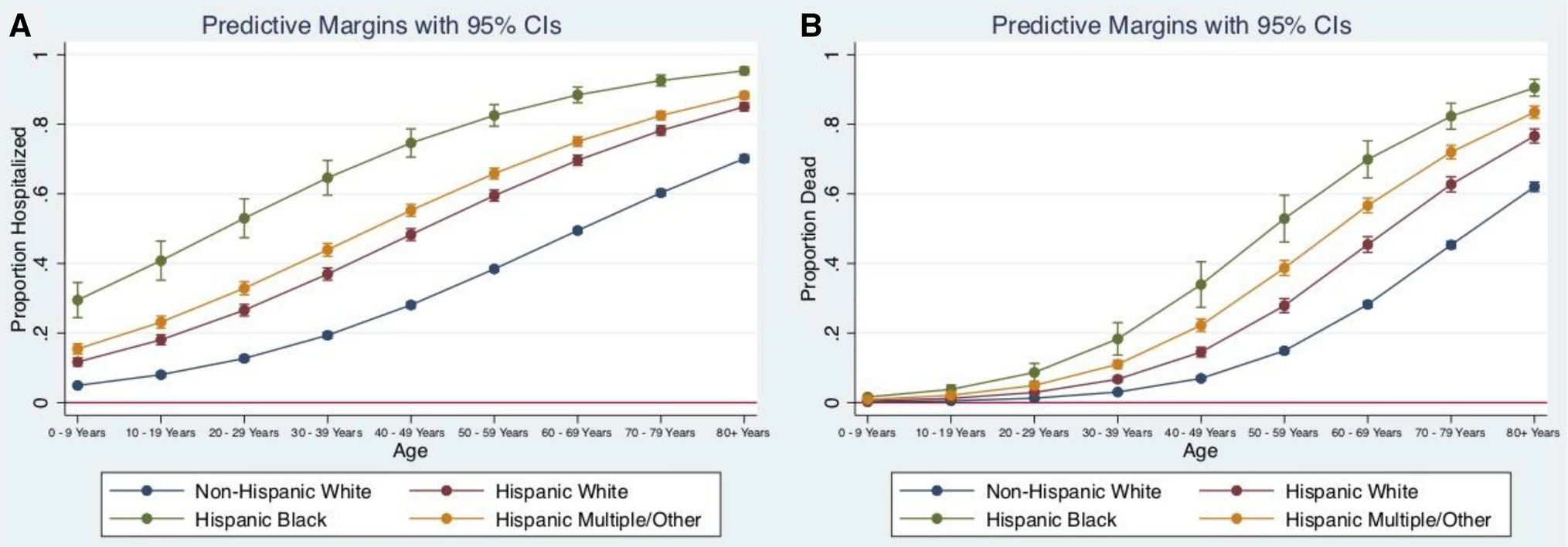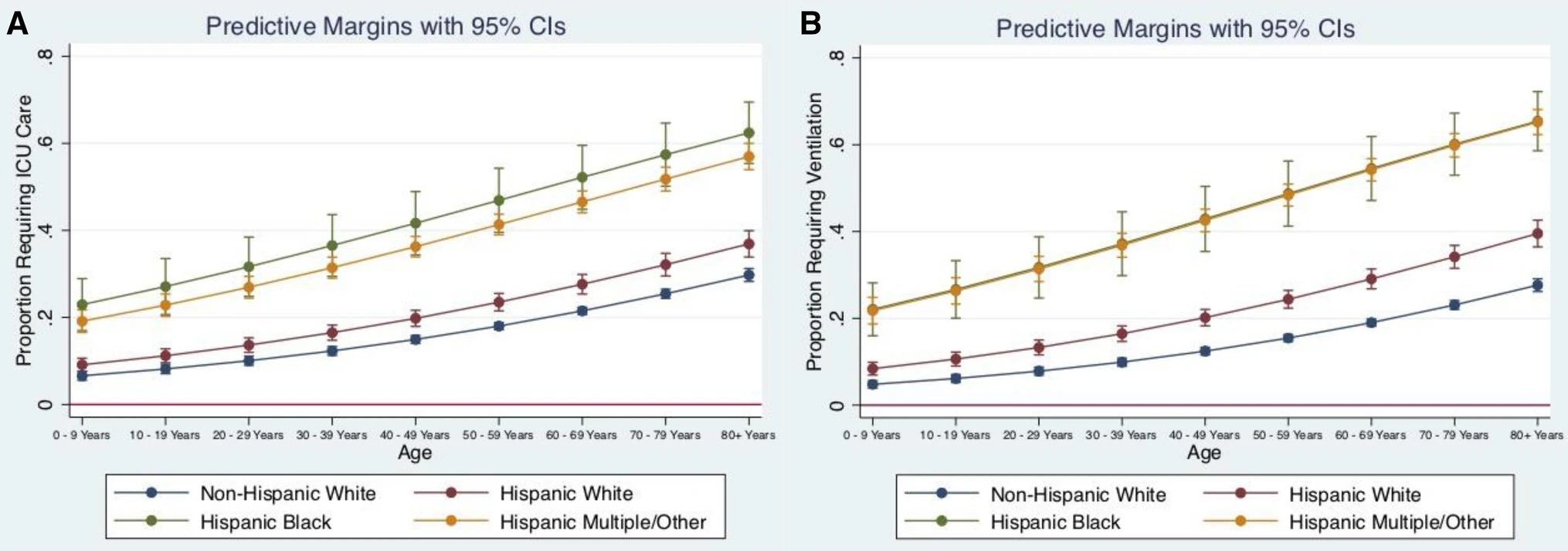Results from a new study led by Boston Medical Center (BMC) demonstrate the disproportionate impact of COVID-19 on Hispanic groups within the US, with the most severe outcomes, including death and intensive care, among Hispanic Black individuals. Analyzing data from the Centers for Disease Control and Prevention, researchers found differences between Hispanic groups, with higher rates of hospitalization and increased risk of death for Hispanic Black compared to Hispanic multiracial individuals. Published online in the Journal of Immigrant and Minority Health, the results highlight that Hispanic populations as a whole have worse COVID-19 outcomes compared to the Hispanic white population, demonstrating the need for more accurate demographic data collection efforts in order to better address the disparities among Hispanic individuals impacted by COVID-19.
Results from previous COVID-19 research have shown that Latinx populations, as a whole, have worse outcomes compared to other ethnic groups. This study, the first to use a nationally representative COVID-19 database, delves further into the data to investigate the differential impact of COVID-19 on different racial groups within the Hispanic community.
For this study, researchers analyzed data reported to the Centers for Disease Control and Prevention between April 5 and May 18, 2020, with a cohort of 78,323 individuals. They compared hospitalization, intensive care unit admission, need for breathing support, and death rates among Hispanic white, Hispanic Black, and Hispanic multiracial/other groups. Next, they compared these results with the data on the above criteria for non-Hispanic white individuals.




Hispanic Black individuals in the cohort had the highest rate of comorbidities, at 51 percent, as well as hospitalizations, which were 45 percent. Hispanic/multiracial individuals were more frequently admitted to the intensive care unit (10 percent), had the highest incidence of requiring breathing support through mechanical ventilation (10 percent) and more frequent rates of death due to COVID-19 (16.1 percent). Overall, Hispanic groups fared worse than non-Hispanic white individuals. The relative risk of death was 1.36, 1.72 and 1.68 times higher for Hispanic white, Hispanic Black and Hispanic multiracial compared to non-Hispanic white individuals.
“Our results clearly show that Hispanic individuals are more likely to be hospitalized and die from COVID-19 infection than non-Hispanic individuals, with the worst outcomes among Hispanic Black individuals,” said Sarah Kimball, MD, co-director of BMC’s Immigrant & Refugee Health Center and the study’s corresponding author. One of the challenges, the authors note, is the incomplete information on race and ethnicity included in the reported data given variations among how the information is collected and reported. At this time, there are no universal standards or processes in place at health care institutions related to how racial or ethnic information is collected from patients.
“The dilemma is that we know these disparities among racial groups aren’t biological, and reflect the systemic impacts of racism and inequality. Yet, we need better data collection on racial and ethnic groups, in order to develop interventions tailored to address the COVID-19 disparities among specific patient populations,” added Kimball, who is also an assistant professor of medicine at Boston University School of Medicine. “The better data we have access to, the more targeted we can be in our public health and treatment approaches to dismantle the effects of racism and the disparities that we see among different groups within the Hispanic community, which can help decrease COVID-19-specific disparities in these individuals.”

